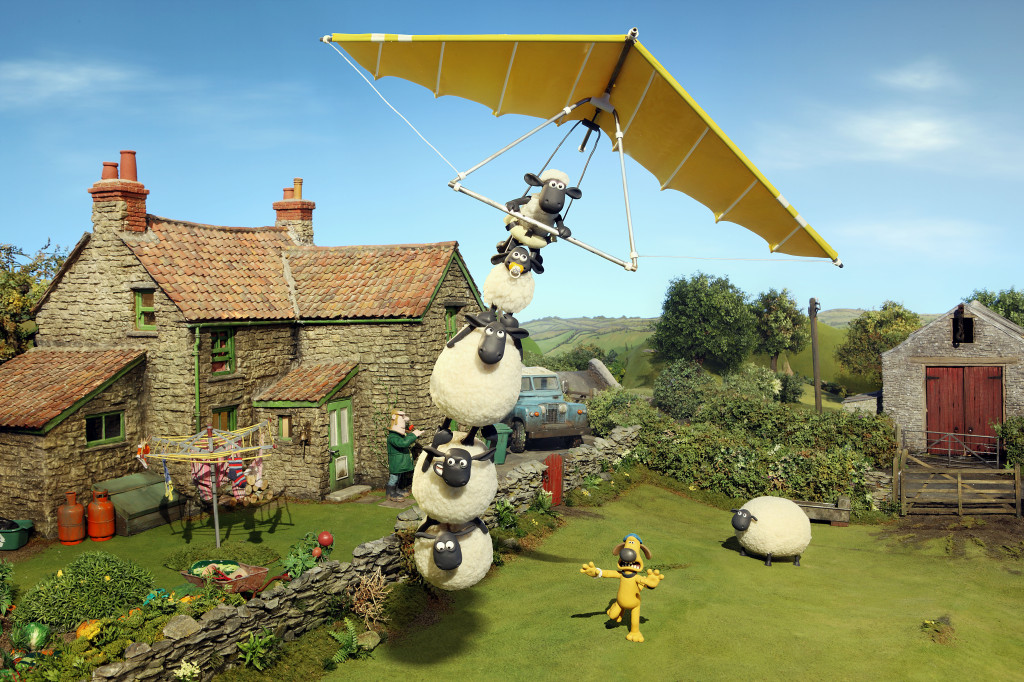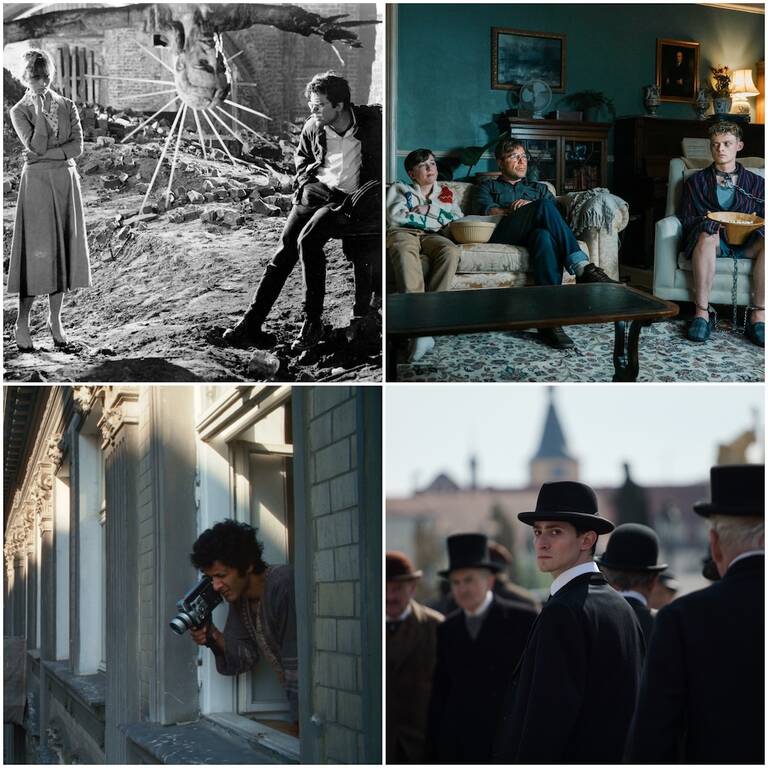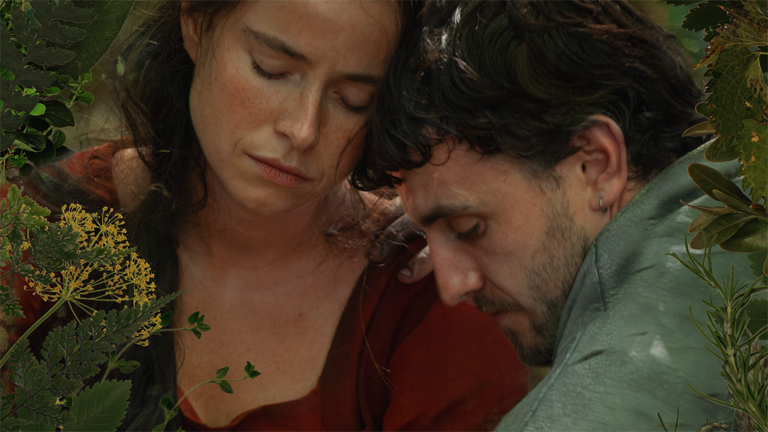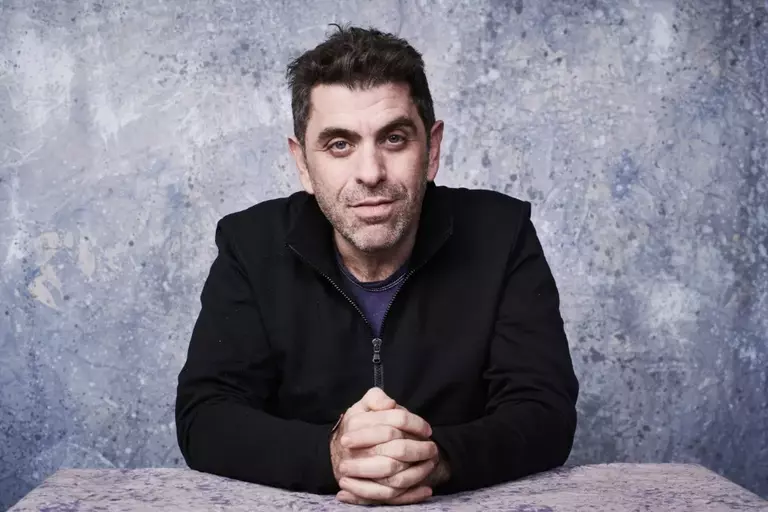
Close-Up Film stepped into the stop-motion world of Richard Starzak and Mark Burton, writers and directors of Shaun the Sheep Movie, and asked them about the Aardman Animations star’s big screen debut.
How did you decide Shaun was ready for a full length movie?
Richard Starzak: I had a gut feeling since the first series where we had an episode that was like a mini movie. I’ve been pestering studios for the last few years.
How easy was it to produce a full length dialogue-free film?
Mark Burton: Actually, very hard, you can imagine. It was Golly’s [Richard’s] idea and I agreed straight away. There were initial fears, but it was empowering in a way. We had to tell the story in a different way and be very visual, like silent comedy from the past like Buster Keaton and Jacques Tati. We soon found non-verbal communication as the perfect way of telling the story. But it was never easy, no film is ever easy.
RS: The best films you can watch with the sound down. It’s about the cinematography, about telling the story. We did worry, but quickly forgot.
How do the characters and their relationships evolve from the short slapstick adventures of the television series Shaun the Sheep to the full-length big screen blockbuster Shaun the Sheep Movie?
RS: The feature film had to have emotions. The series is like the workplace. Shaun is like the cheeky employee. In the film, the core of the story is the father and son relationship. The Farmer is like the father, though a rather absent father. It was a way in to telling a story about family. People react and see that. In the series, there is not much contact between Shaun and the Farmer, but we wanted that idea in the film.
What are the differences for you between writing the script and then directing what you had written to make the film?
RS: We spent 18 months on the script, and then carried on working on the story when we were shooting. There was point when we talked about structure and story. Mark composed the script and then there was a point when we put the script down. There was a constant process of evolution.
MB: It is a simple story, but hopefully not too obvious. Finding a way through the story and the first half of the process was defining characters and then the second half was spent removing it all and keeping the story. We had to tell simple story and make it more emotional.
How did you persuade Omid Djalili to take a leading role in a film with an entirely non-verbal dialogue?
MB: We storyboard the whole thing to get the look and feel of the story. We showed this to Omid and he took it seriously. He didn’t use a funny voice and took the acting seriously.
RS: A story about Omid – We were recording and he was in the sound booth. I turned round and he wasn’t there. I thought ‘Oh, he’s gone’, but he was on the floor laughing because it was so funny.
How do you edit your ideas and know you are ready to start? When do you know the script is finished and ready to be made into the film?
RS: We have a process called animatic. Stop-frame artists work and edit that work and polish it before when we get to shoot the stop-frame animation. And Mark and I work together and would act out some of the scenes. There’s still a gap when the animators do their thing and we are never quite sure how things will work. Sometimes they add little flourishes. We try to stick to the laws of Physics. Well, we stretch them, but not break them. Things need to move at natural speeds to make it feel believable – we work pretty hard to make bizarre, surreal things come out of the story.
Wouldn’t it be easier making films using CGI to get all the special effects and stunts on screen quicker? Isn’t it difficult using stop motion to slowly realise tiny details in this big screen movie?
RS: I disagree; both involve all simple processes, but I could sit in a nice comfy chair [if we used CGI].
I grew up watching old-fashioned stop motion and I liked the stop motion point of view. I like the live action with cameramen, engineers, actors and preparing for a shot takes time.
MB: Stop-frame helps you stand out and feel differently. Recently, DreamWorks have had some well-documented difficulties with films not turning out to be as perfect as they had hoped. But there is so much animation. There is definitely room for stop-motion. It requires patience, but at the same time, animators are very physical on set, very absorbed and they love their work. Not that CGI animators don’t love their work.
What does the future hold for Shaun? Will there be a sequel to the Shaun the Sheep Movie?
MB: We are knocking a few ideas around for a sequel. There will be a half-hour Christmas special [Shaun the Sheep – The Farmer’s Llamas]. And lots of Shaun I hope!







